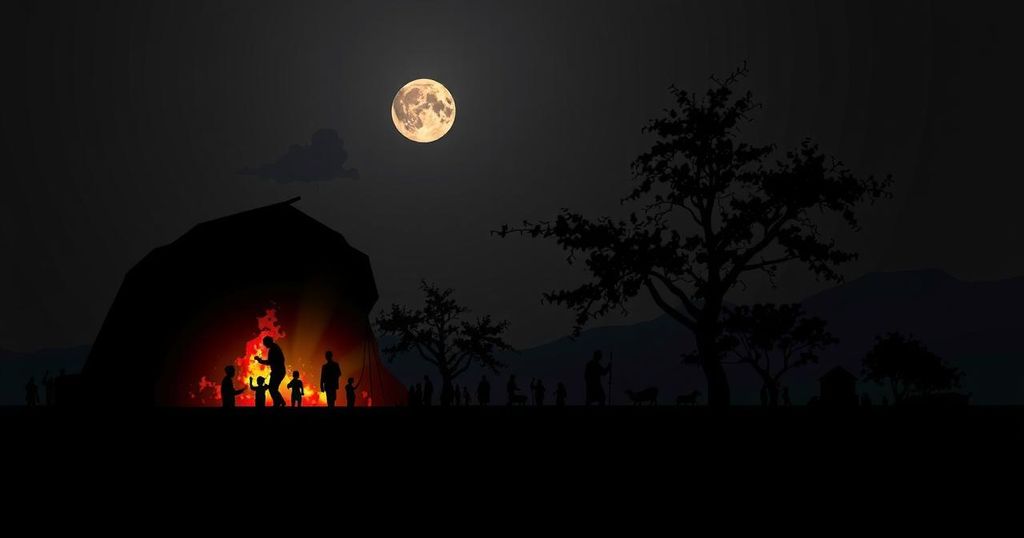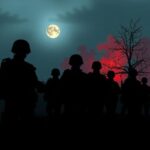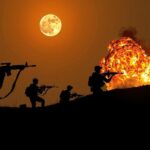The Civil War in Sierra Leone: A Historical Overview of Conflict and Humanitarian Crisis
The civil war in Sierra Leone, which began in 1991, was exacerbated by conflicts in neighboring Liberia. The incursion of the National Patriotic Front of Liberia (NPFL), under the leadership of Charles Taylor, forced then-President Joseph Saidu Momoh to deploy troops in an attempt to protect the nation’s borders. Unfortunately, the situation rapidly deteriorated as the Revolutionary United Front (RUF), led by former soldier Foday Sankoh, allied with the NPFL to launch an assault against Sierra Leone’s military, marking the onset of a protracted and devastating civil conflict.
In April 1992, the socio-political landscape changed dramatically when Captain Valentine E.M. Strasser staged a coup, claiming the government’s negligence towards the troops as justification for his actions. A National Provisional Ruling Council (NPRC) was formed, ushering in an era of heightened violence, during which the RUF expanded its territorial control, notably over diamond mines that would later be described as sources of “blood diamonds”. The conflict was characterized by egregious violations of human rights, including widespread mutilation, rape, and forced labor, resulting in civilians bearing the brunt of the war’s horrors.
Strasser’s regime faced internal dissent, leading to his removal in January 1996 by Brigadier General Julius Maada Bio. Despite assurances of transitioning to civilian governance, the RUF’s refusal to cooperate in elections led to further violence. Nevertheless, elections did occur, resulting in Ahmad Tejan Kabbah’s presidency. The Abidjan Agreement, established that same year, aimed at peace but was poorly implemented, contributing to another coup in May 1997 by Major Johnny Paul Koroma, who sought to resurrect the failed agreement yet subsequently struggled against significant domestic opposition and international sanctions.
In early 1998, ECOMOG troops reinstated Kabbah, but conflict ensued until the Lomé Agreement in July 1999, which attempted to address power-sharing amongst conflicting parties. Despite initial optimism, divisions within the RUF led to attacks on civilians and the abduction of various international personnel, indicating a blatant disregard for the accord. Tensions escalated further with the capture of Sankoh by government forces in May 2000, compelling the RUF into disarray but also leaving rampant violence across the nation.
The United Nations Mission in Sierra Leone (UNAMSIL) made significant advances towards peace and stability throughout 2001. By January 2002, a formal declaration of the civil war’s conclusion was made, marking an end to a prolonged crisis responsible for the deaths of approximately 50,000 individuals and the displacement of around two million people. However, the impacts of the conflict continue to resonate within Sierra Leonean society, necessitating ongoing efforts for recovery and reconciliation.








Post Comment